Comparing the Best Thieaudio IEMs - Monarch MKIV vs. V16 Divinity vs. Valhalla
Is the new Monarch MKIV the best IEM Thieaudio has to offer? Fc-Construct compares it against Thieaudio's other flagships to find out.
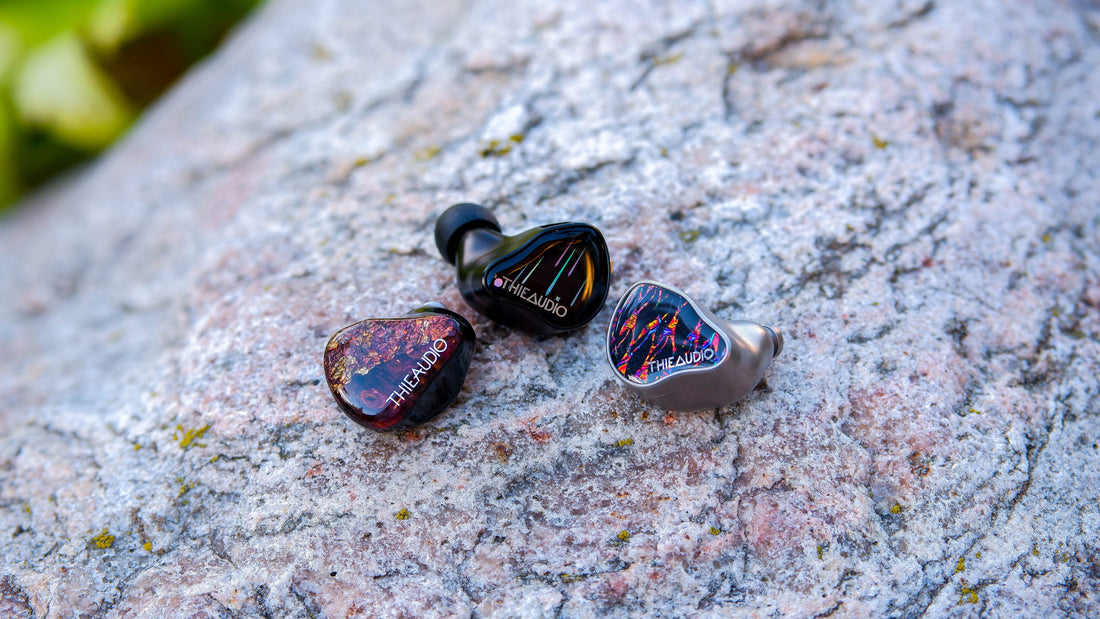
Introduction
Despite Thieaudio’s position as one of the premiere Chinese IEM brands, they face an all-too-common problem: having too many darn products. Even as a reviewer, I find it hard to keep up with each new release. So to cut through the noise, I’ll be reviewing the Thieaudio Monarch MKIV and comparing it against what I consider to be arguably the other two best Thieaudio IEMs: the V16 Divinity and Valhalla.
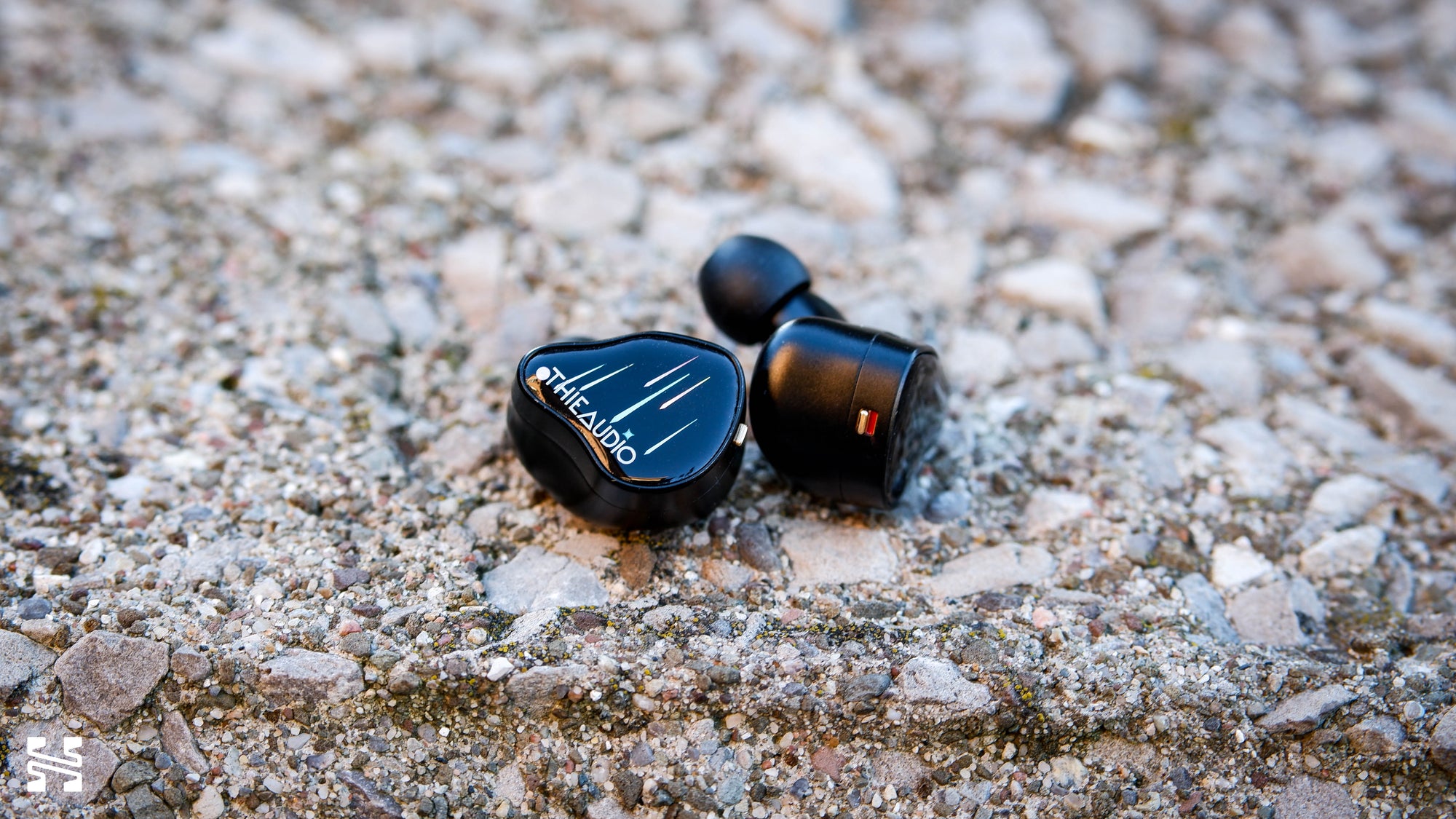
The Contestants
Thieaudio V16 Divinity
The V16 Divinity is not a new IEM - it's actually their previous flagship and came out a little after the Monarch MKII in 2022. But it flew under the radar amongst the other releases at the time, and I only recently “rediscovered” it when a friend had one for me to try. The V16 Divinity comes in at $1,500 and has an impressive 16 BAs for its driver set-up.
Build wise, it’s nothing special compared to IEMs of today. It’s a standard resin shell. The faceplate design is very cool, I’ll give it that. While the nozzle diameter is large at 6.2 mm, the overall shell size is relatively small. The large nozzle is annoying, but outside of that I didn’t have issues with the fit and comfort. It’s shocking they managed to squeeze 16 drivers in there when IEMs today are double the size for a quarter of the drivers.
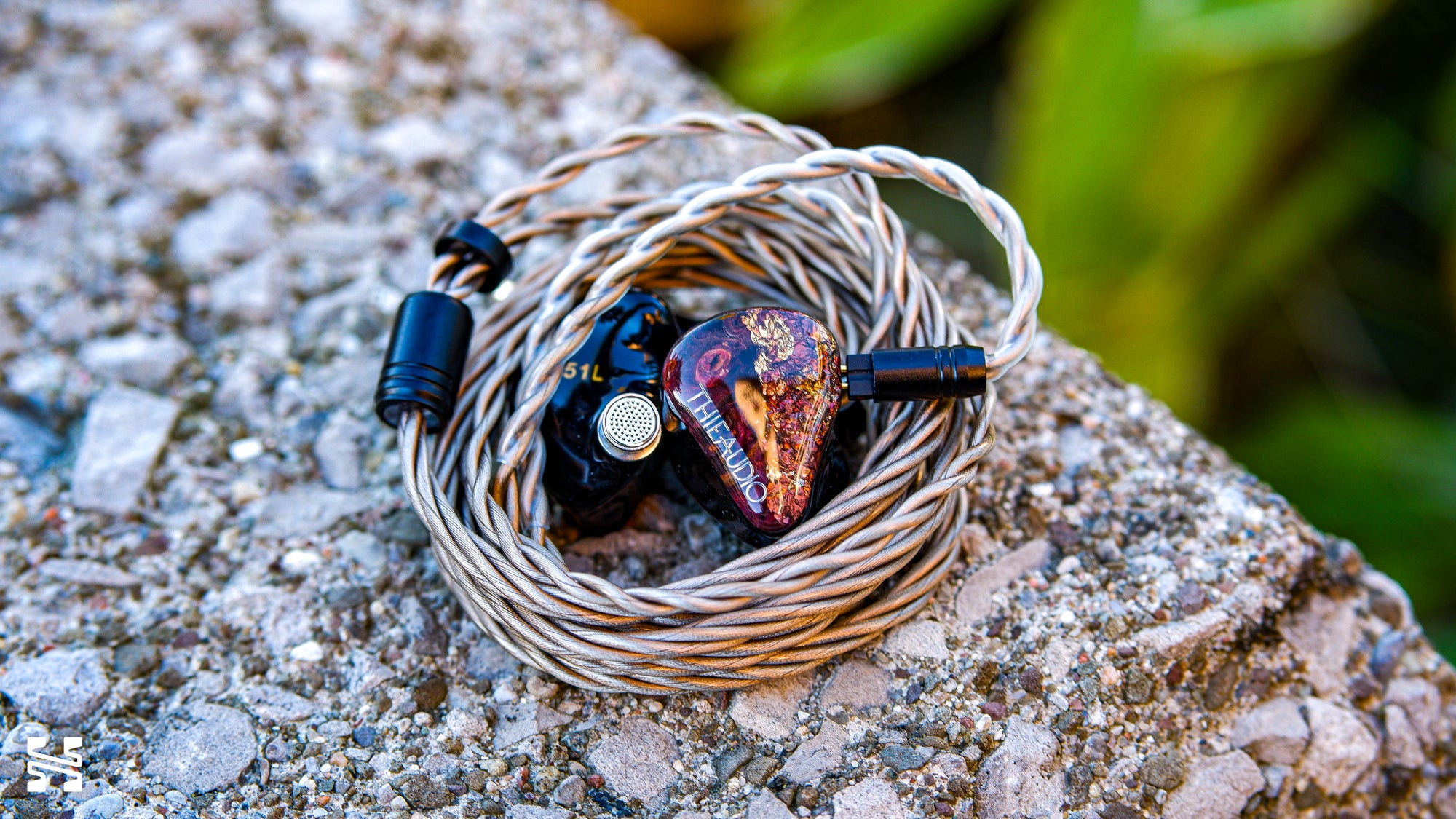
Thieaudio Valhalla
The Valhalla is Thieaudio’s current flagship to replace the V16 Divinity. If you thought the V16 was impressive with its 16 drivers, the Valhalla ups the ante with 19 BAs per side. However that, along with its flagship status, does mean a price increase to a cool $2,000.
Build wise, the Valhalla takes its flagship status seriously. It’s got ergonomically sculpted titanium shells with a confidence inspiring heft. The faceplate with its rippling orange, red, and blue hues is one of the best I’ve seen from this style of 3D layered designs.
With its extra drivers and titanium shell, the fit and comfort take a step down from the V16 Divinity. The Valhalla’s shell grows to be large and chunky, even for modern IEM standards. That said, the nozzle diameter remains at 6.2 mm. While I wouldn’t call it comfortable, I also didn’t really have an issue with the fit other than that it sticks out of my ears.
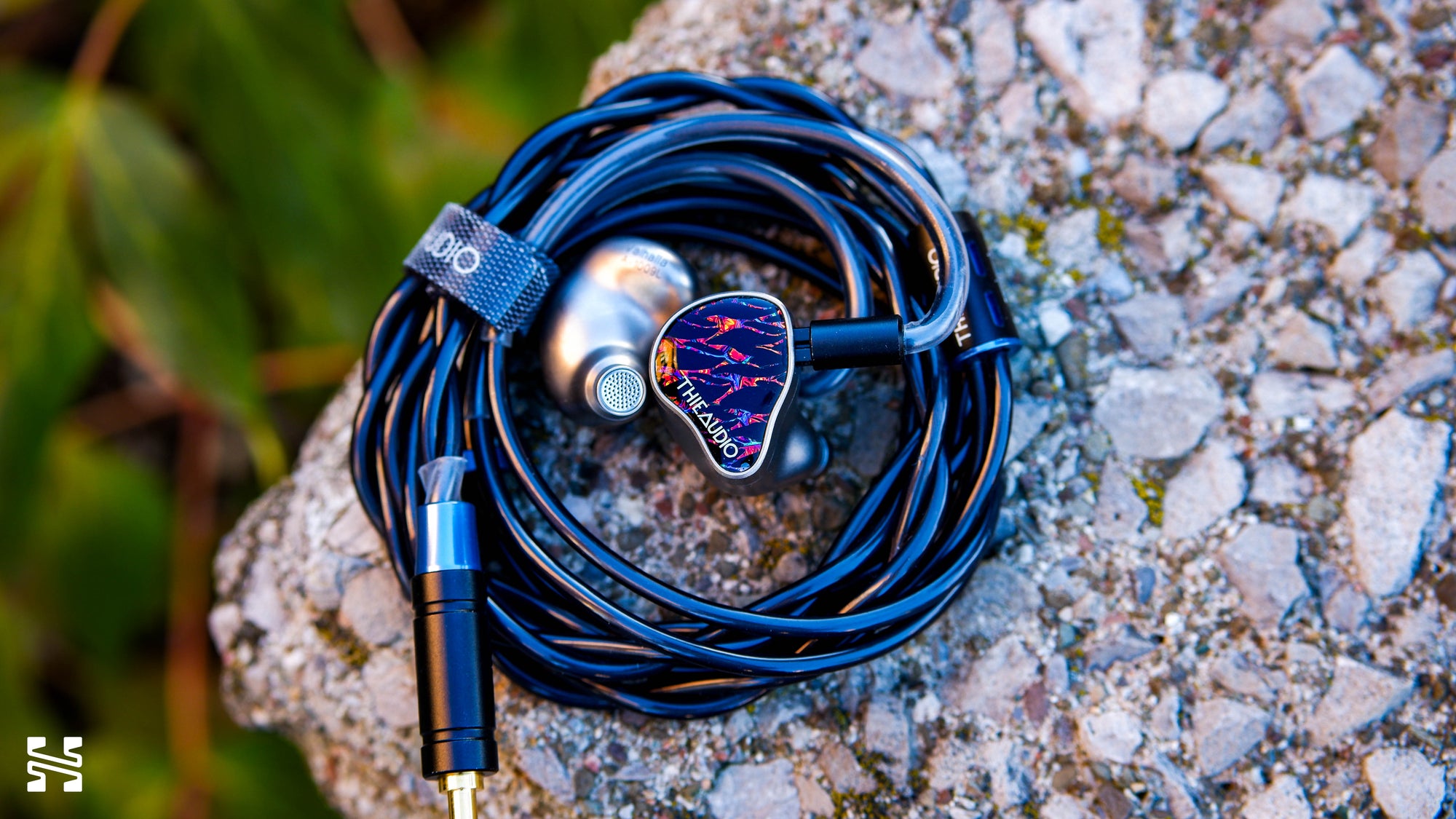
Thieaudio Monarch MKIV
And lastly, we get to their newest, most anticipated release: the Monarch MKIV. This time, the MKIV runs for $1,150 and has a 2 DD + 6 BA + 2 EST driver set-up. Of note is that the 2 DD there is actually their “IMPACT2” subwoofer drivers used in their other IEMs like the Thieaudio Hype 4. Oh, and it has a tuning switch that adds more bass.
Build wise, the hardware on this IEM is some of the best for the money. It shares the same sculpted metal shell design as the flagship Valhalla, though the faceplate is uninspired in comparison. The tuning switch is my favorite part - compared to the cheap plastic switches I’ve seen in other IEMs, this one is easy to access, has a satisfying click, and feels robust.
The stock 2-pin cable is the best I’ve seen from Thieaudio. Perhaps a little stiff, but looks and feels great in hand with its beefy connectors. Overall, the Monarch MKIV is a testament to how far Thieaudio has come in their manufacturing capabilities.
Fit and comfort wise, like the Valhalla, the Monarch MKIV is a big IEM. In fact, the body is even a little thicker and the nozzle diameter bumps up to 6.3 mm. Once again, like the Valhalla, the fit isn’t great, but it’s not a true dealbreaker.
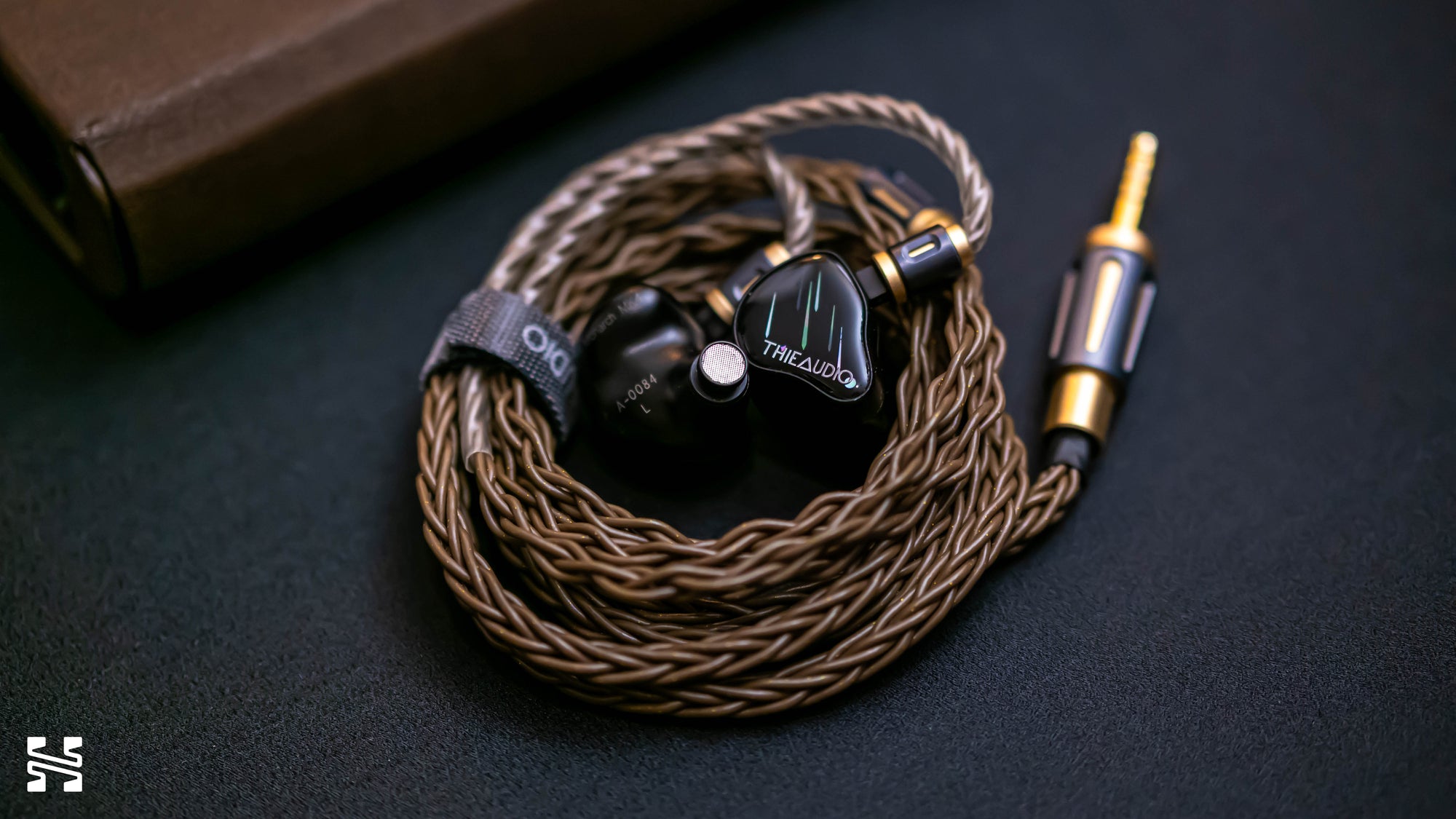
Sound - Tonal Balance
Monarch MKIV
First, let’s go through the Monarch MKIV’s sound. As with many recent IEMs, it follows the JM-1 style midrange while taking liberties in the bass and treble. Specifically, it has a standard bass shelf and upper treble airiness. The tuning switch adds about 2 - 3 dB in the bass, with a gradual rise starting in the mids.
With this in mind, I’ll describe the stock tuning of the Monarch MKIV to be upwards tilted and the Bass mode to be downwards tilted. As in, take an imaginary neutral tuning and tilt it a little brighter or bassier.
Here are the graphs. As a reminder, these are taken from my 711 clone coupler rig. The bass and treble response aren’t quite as accurate as the B&K 5128, and you can somewhat ignore the 8 kHz resonance peak.
Personally, I find the tuning options to veer too much on one side or another, with neither hitting my sweet spot. But if I had to pick, I prefer the Bass mode for a little more oomph in the low end and warmth to balance out the upper treble extension.
V16 Divinity and Valhalla
Before comparing to the Monarch MKIV, let’s quickly re-orient ourselves with what the V16 Divinity and Valhalla are like. We’ll start with the graphs.
With that hump around the 1 - 2 kHz region, neither of these IEMs adhere to the JM-1 style midrange. Or really, JM-1 in general. That said, I would consider the V16 Divinity a balanced sounding IEM. Not neutral, but balanced as its tuning does largely fall within the preference bounds.
In comparison, the Valhalla, with its greater subbass heft and lower mids presence, is a thicker sounding IEM. It also has a rather pesky upper treble peak. I use Final Audio Type-E tips to help tame it down. You can read my Thieaudio Valhalla review here for more context to this overall review.
Comparing All Three
In my opinion, the V16 Divinity is the best tuned IEM in Thieaudio’s line-up. The Valhalla has the best perceived technical ability. The Monarch MKIV sits somewhere between them.
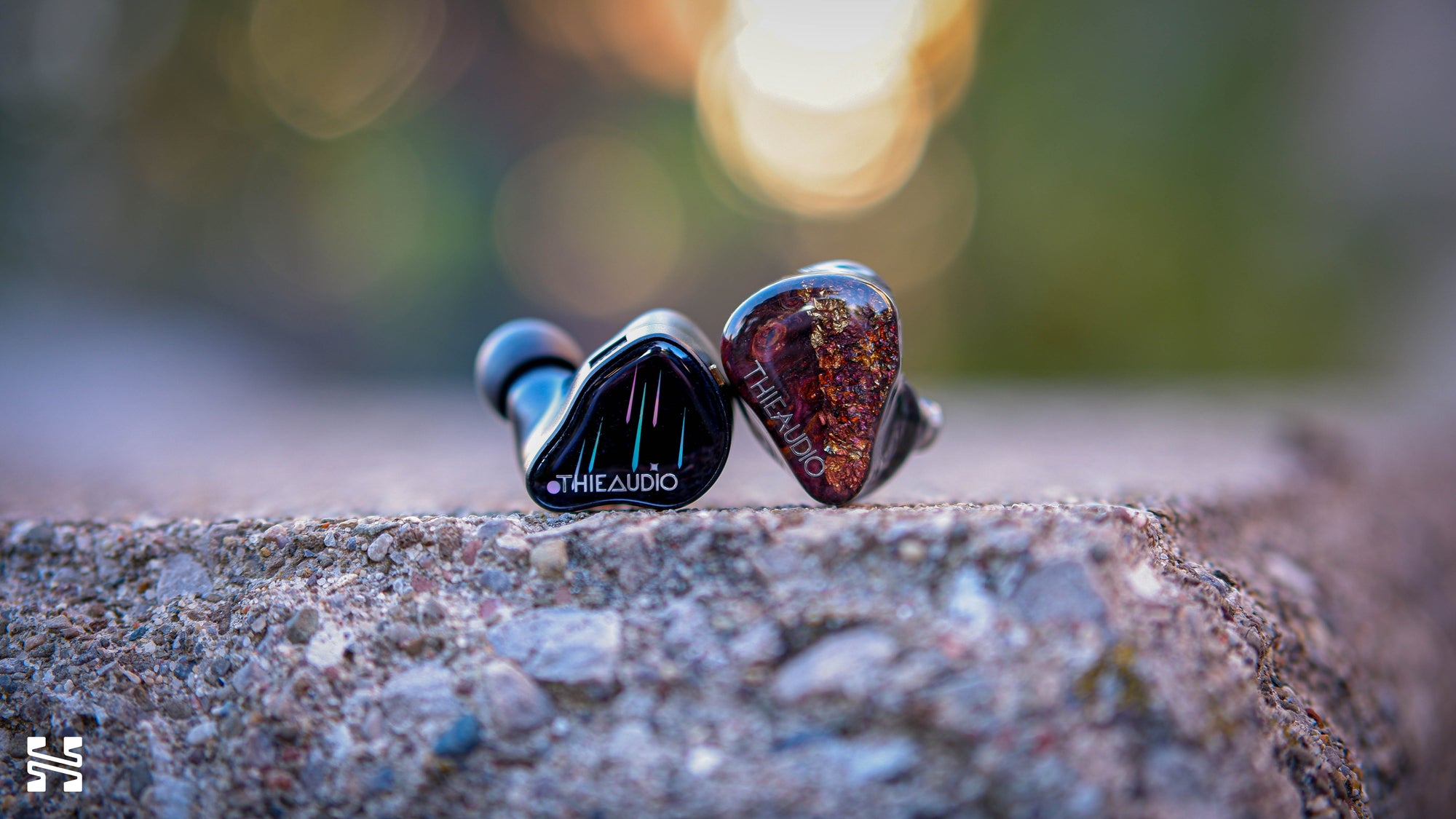
Bass
The bass of the Valhalla takes the cake here. The V16 Divinity has an adequate amount of midbass punch and subbass decay, but the Valhalla delivers dynamics and impact that the V16 Divinity cannot match. There’s a firmness that grounds every note. And despite that extra weight in the bass, the Valhalla doesn’t feel sluggish or lack note definition.
The Monarch MKIV brings a good dynamic driver bass presentation. Bass notes are balanced with a defined transient attack and natural decay, and notes have an appropriate amount of weight to them. But I think it’s held back by the IMPACT2 drivers it’s using. I wasn’t a fan of it in the Hype series, and I’m not a fan of it here. It’s better on the Monarch MKIV, but there’s nothing special about the presentation.
With the Bass mode, the Monarch MKIV crosses into basshead territory. That 2 - 3 dB bass lift flips it from a neutral-bright sounding IEM into one that presents bass first, midrange second. I find the extra bass to add a rather satisfying weight that was lacking in the stock tuning. However, it does verge on being a little overbearing and almost stuffy. Almost.
In other words, I wished the bass of the Monarch MKIV followed the path that the Valhalla had set. As you can see in the graph below, the Valhalla’s bass curve is right in between the Monarch MKIV’s tuning options. In fact, even the V16 Divinity’s tuning might’ve been preferable, except using dynamic drivers instead of balanced armatures.
Mids
While the Monarch MKIV’s upper mids JM-1 like structure could be argued as being the best tuned, it’s cookie cutter. Like the bass, it’s good. I do like that it has that reference slant to it. And if you’re looking for midrange clarity, the Monarch MKIV has it in spades. But it sounds somewhat dry and sterile to me. And while I loathe to say this word, I do think it lacks a sense of “musicality”. The Bass mode doesn’t change anything, it just makes it warmer.
In comparison, for both the Valhalla and V16 Divinity, I hear that 1 - 2 kHz hump as pulling vocals forward and giving them a bit more body and bite. The V16 Divinity does this better than the Valhalla - its lower mids is less thick which balances out the body added by the hump. It gives a nice emphasis to singers and lead instruments like electric guitars to make them pop. Not every IEM can get this right; having too much 1 - 2 kHz in the overall mix can cause vocals to sound shouty or nasally. In terms of that “musicality”, I think the V16 Divinity gets it right. The Valhalla attempts to, but falls a little short. The Monarch MKIV doesn’t try.
Treble
All three of these IEMs present treble quite differently. I’d say the V16 Divinity does the best job. It delivers a crisp lower treble presence courtesy of a minor peak around 5.5 kHz, and then maintains a smooth roll-off into the upper treble. Treble is lively and clear in a way that complements the music rather than steal bits of the spotlight.
That’s the trouble Valhalla’s treble runs into. While the Valhalla’s lower and mid treble is smoother than the V16 Divinity’s, the big upper treble peak is a problem. It’s high enough in the frequency range that it isn’t always present in music, nor is it particularly painful for me. The issue is that when you hear it warp the timbre of your hats and cymbals, it can be annoying to even grating. It’s like a lingering splashiness or an exaggerated clickiness in the attack.
In comparison, the Monarch MKIV’s treble is well-controlled in the sense that it doesn’t have any major peaks throughout. It starts slightly elevated in the lower treble and keeps that energy all the way into the upper treble. This gives it brilliance and presence in the lower and mid treble and an overall brightness and sparkle in the upper treble.
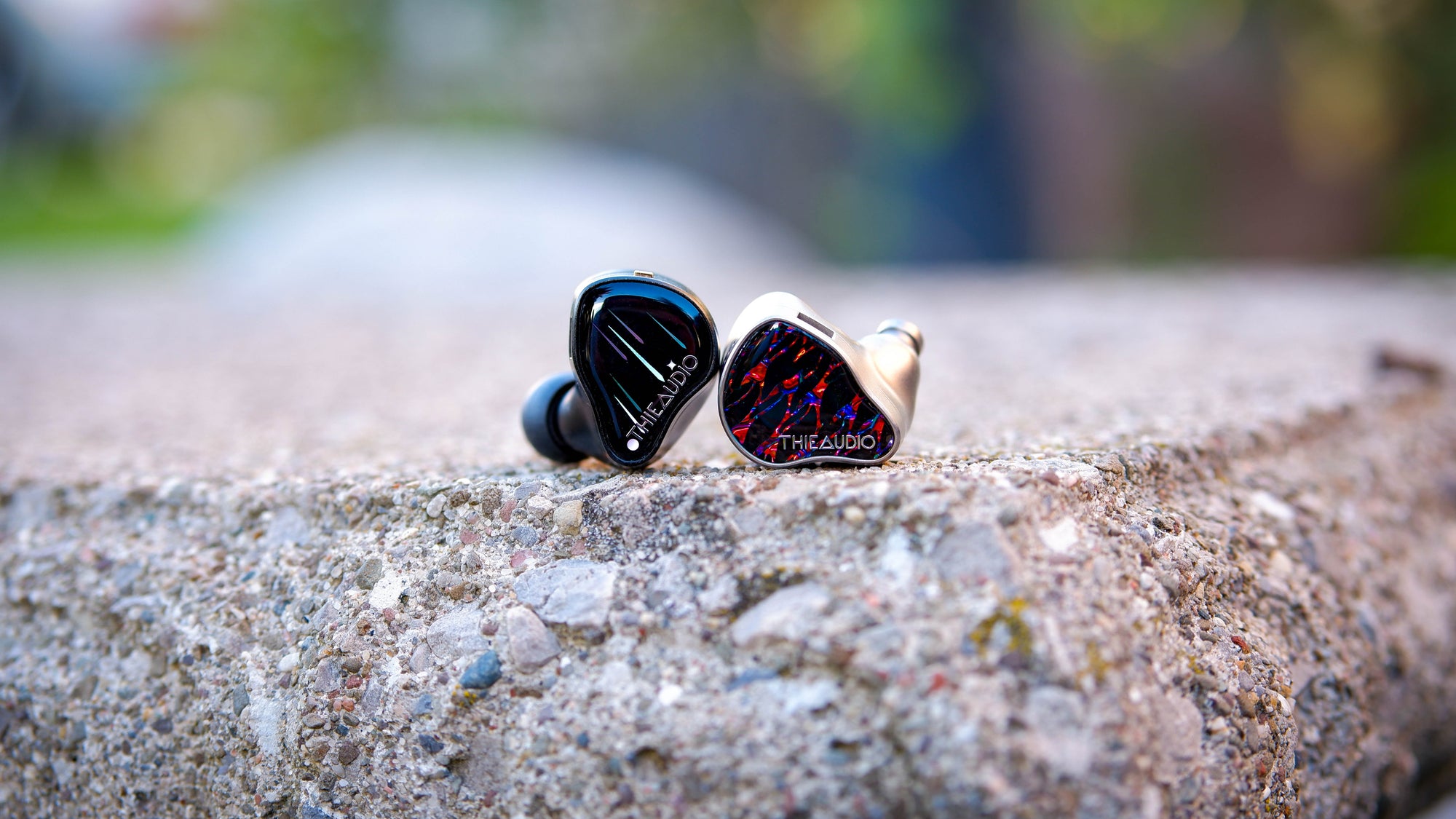
In its stock configuration, the Monarch MKIV’s treble is a touch forward, right behind its midrange clarity. And like the midrange, I find it somewhat dry sounding. There’s a focus on the crispness of the attack, but the shimmer and decay are left behind. On the Bass mode, the Monarch MKIV’s treble acts as a splash of vividity to balance out the bassy affair. While there is still a crispness in the transients, this is tempered by the added warmth in the lower frequencies.
Presentation
When it comes to perceived technicalities, the V16 Divinity shows its age here. While it’s still competent all around, the Valhalla and Monarch MKIV steps over it in terms of resolution and staging. Monarch MKIV is clarity focused, even in the Bass mode. It feels transparent and details are rendered with excellent nuance. In the same vein, the Monarch MKIV shows off its horizontal stage width and imaging effortlessly. The stereo width and imaging precision is impressive, the sort of thing I’d imagine gamers would gravitate towards.
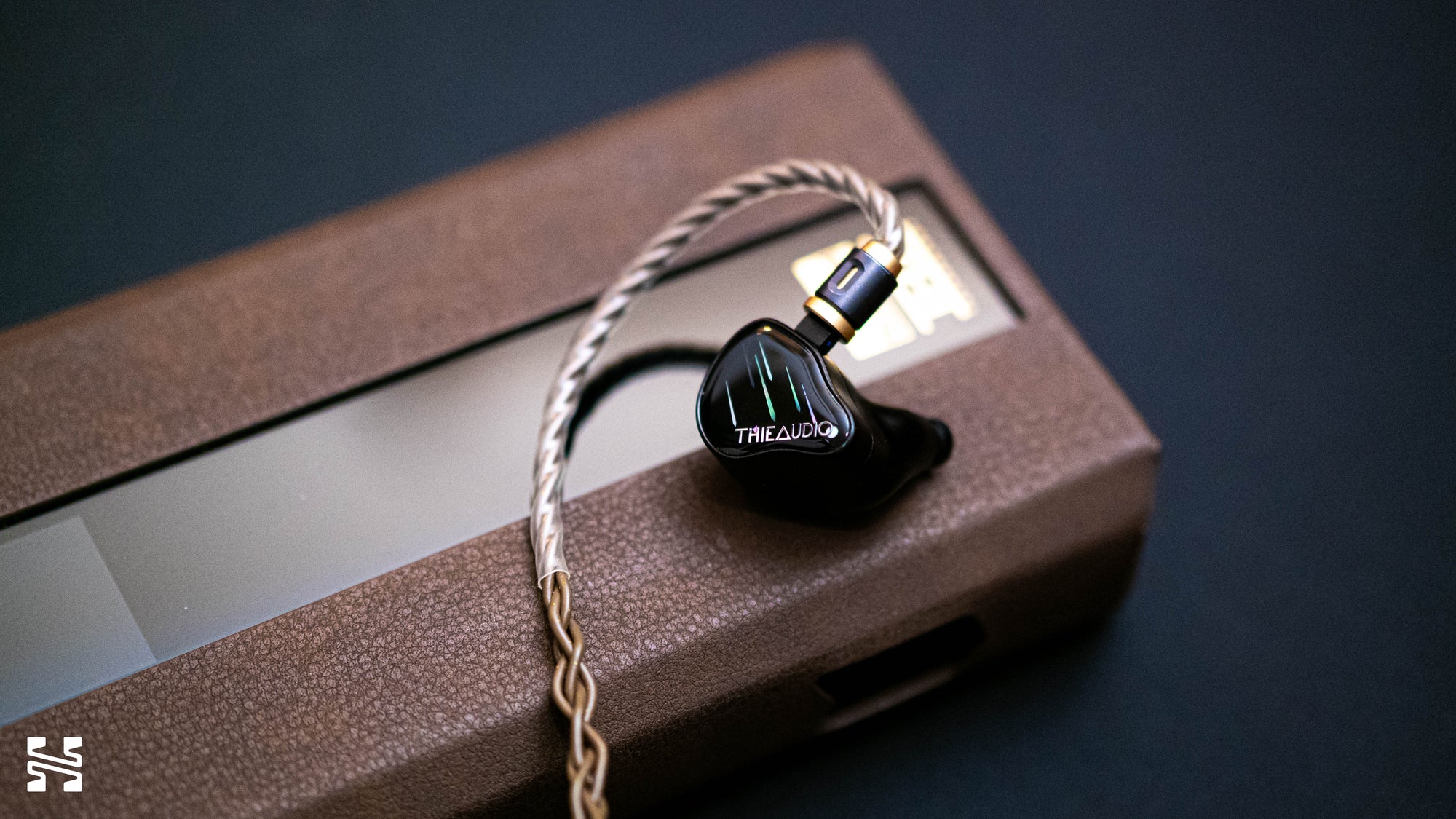
The Valhalla does the same, but through the lens of its thicker tonality instead of that upfront clarity. Where it improves upon the Monarch MKIV is in its layering and dynamic depth. Compared to the Valhalla, notes on the Monarch MKIV feel like they fall on a flat plane. This is not a slight against the Monarch MKIV, but more of a testament to how well the Valhalla is able to cohesively stack instruments and build more of a layered image. And for its dynamics, the Valhalla seems to have an extra sense of depth and finality when bass notes land. More than feeling big, it feels slightly more complete.
I’m a little conflicted with the Monarch MKIV. It’s undeniably an excellent IEM by almost every metric I look at. It sounds good on most of my library to exceptional on a few tracks. But when I take a step back and look at it as a whole, I get the feeling that the Monarch MKIV is less than the sum of its parts. To put it simply, it’s a nice listen and I did enjoy my time with it. But it’s not an IEM I plan on keeping around as reference for future reviews.
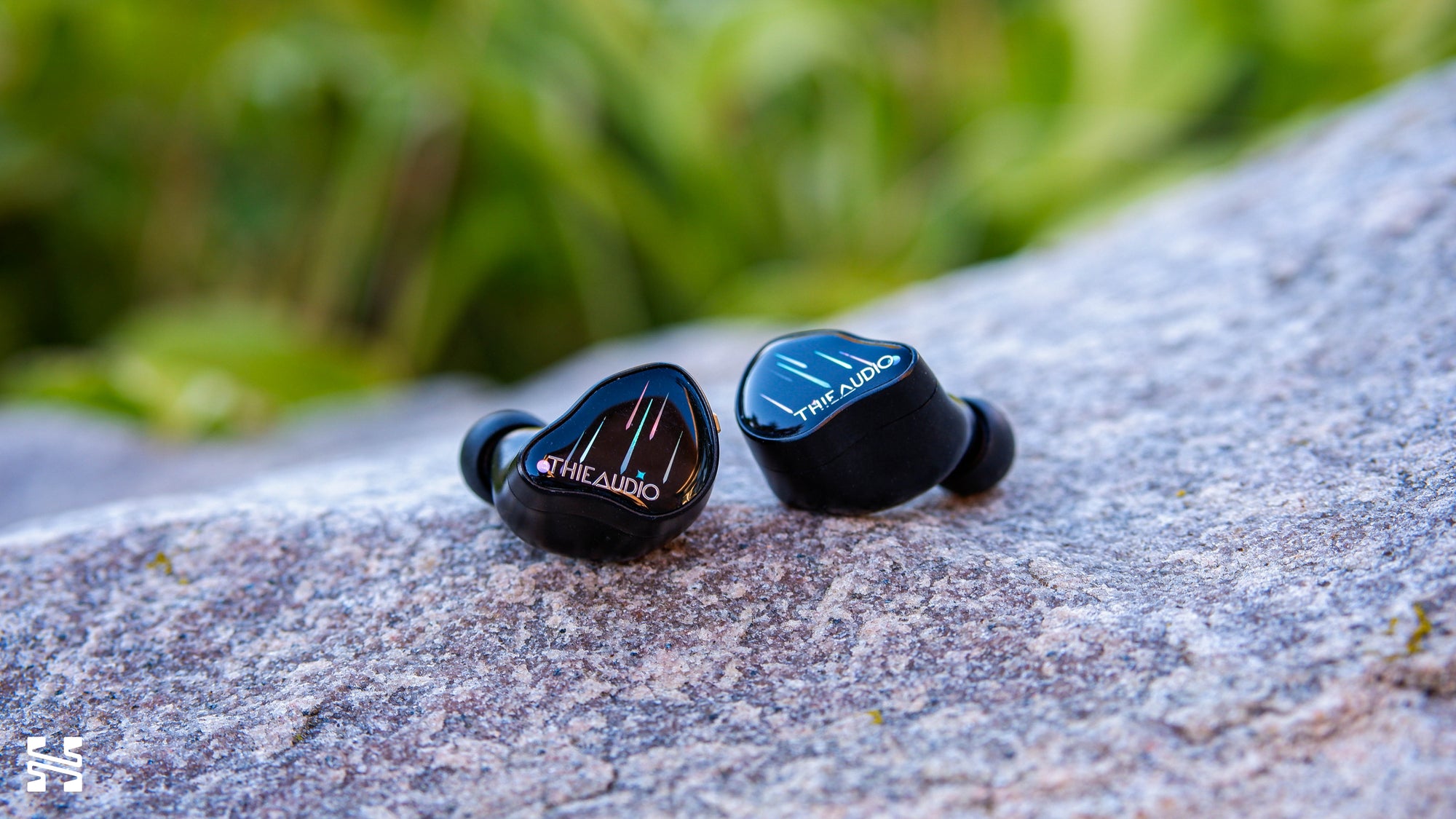
Conclusion
Before I finished writing this article, I was able to test my thoughts of these IEMs over at CanJam SoCal when I helped man the Linsoul booth. Though most people came for the Monarch MKIV, I asked them to also try the V16 Divinity and Valhalla. A surprising number of them left feeling the same way I did: the V16 Divinity as the overall winner thanks to its enjoyable and pleasant sound, the Valhalla as the most technically impressive, and the Monarch MKIV a close third as a great, but uneventful IEM.
But that’s in a privileged environment. Auditioning kilobuck gear at a booth for fun is quite different from actually wanting to buy something. I can’t really call any of these IEMs “good value” - they’re all expensive. The V16 Divinity has tonality going for it, but so do many other much more affordable IEMs these days. The Valhalla has top tier perceived technicalities going for it, but I want a tuning I love from a flagship.
The Monarch MKIV does both, but specializes in neither. Subjectively however, it is objectively a great IEM and is the cheapest option among the three by more than a few hundred dollars. So from that perspective, in a sort of process of elimination, I’ll begrudgingly admit that the Monarch MKIV is the best overall IEM that Thieaudio has to offer.
